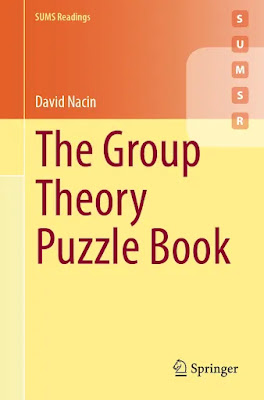EPADEL March 29th Puzzle
I'm going to be speaking at the MAA Epadel conference on the 29th, so I decided to promote it by making a puzzle for the conference. The clues are based around the numbers 2 and 9. Circles are given whenever the sum of adjacent cells in a cage is 9. Diamonds are given whenever the difference of adjacent cells in a cage is 2. Those are the only rules. Don't forget that since clues are placed whenever possible, lack of a clue also reveals necessary information. I made two puzzles. One is easier with more cells revealed at the start, and the other I'd consider to be more of medium difficulty for someone familiar with sudoku. I have a solution and PDF versions below. I'll also add a link to the conference which is taking place not far from Harrisburg, PA. I'll be speaking about the Padovan numbers. [ Solution , PDF version 1 , and PDF version 2 here] • [ Conference Program here ]









